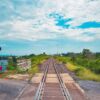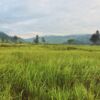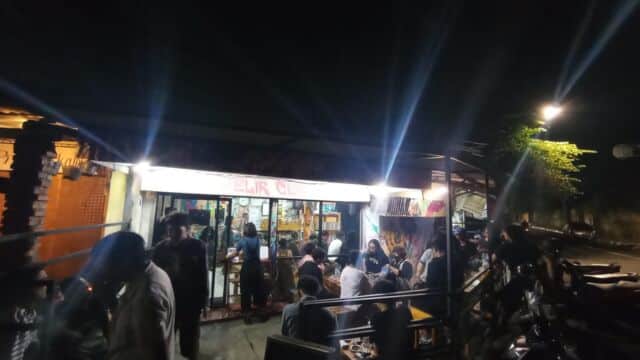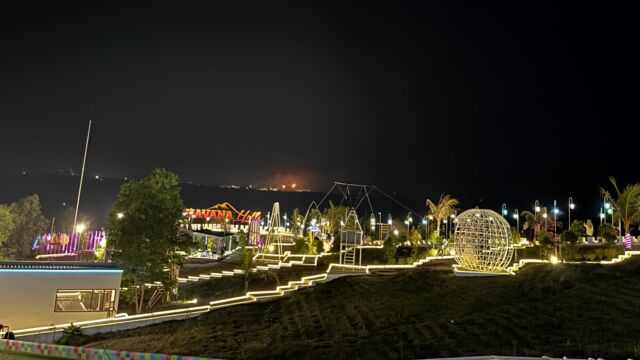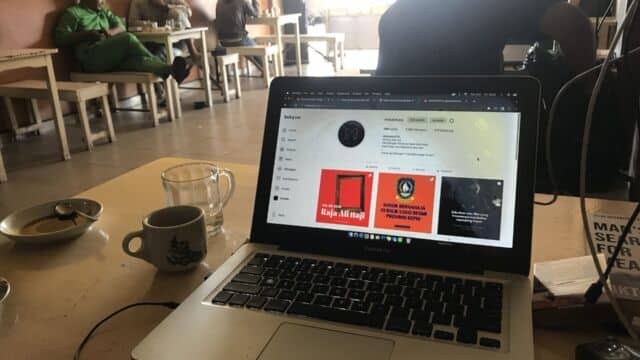On the Kahayan River of Kalimantan
Photo: Rio Heykhal Belvage
A settlement in Central Kalimantan | 2,000 words | Translated from Bahasa Indonesia by Dan Benjamin
As an anthropology researcher well-used to exiting my everyday life and heading into areas I’ve never visited previously, coming face-to-face with strangers and getting to know them, sometimes a feeling of longing rises up in me. A longing for fieldwork sites, for the places I’ve been, and for the warm friendships with people I’ve met. For the gusts of cold wind in the mountains of Papua. And the smell of freshly-tapped rubber on a small island off the east coast of Sumatra. For being aboard a boat while watching the sun sink on a river of utterly-clear water in West Kalimantan. Likewise for the most recent place I ventured to, the lower Kahayan River in Central Kalimantan.
An anthropologist isn’t so different from a regular traveller: both set aside their daily routines and set out for new places. The difference is, if travellers return home with photos of themselves, and perhaps videos of the place they’ve been to, an anthropologist carries along as provisions a trove of cultural knowledge. Every time I go to do field research I feel at once spirited and overwhelmed. For me this work is like a free holiday, though it also means I have to leave my family. I return home with souvenirs in the form of field notes.
An anthropologist will have difficulties completing their research if they’re not accepted in the social environment they’re studying. So when first arriving in a new place, they need to carefully build up relations with the people they meet. Every place and community will have its own challenges.
© Rio Heykhal Belvage
English translation © Dan Benjamin
